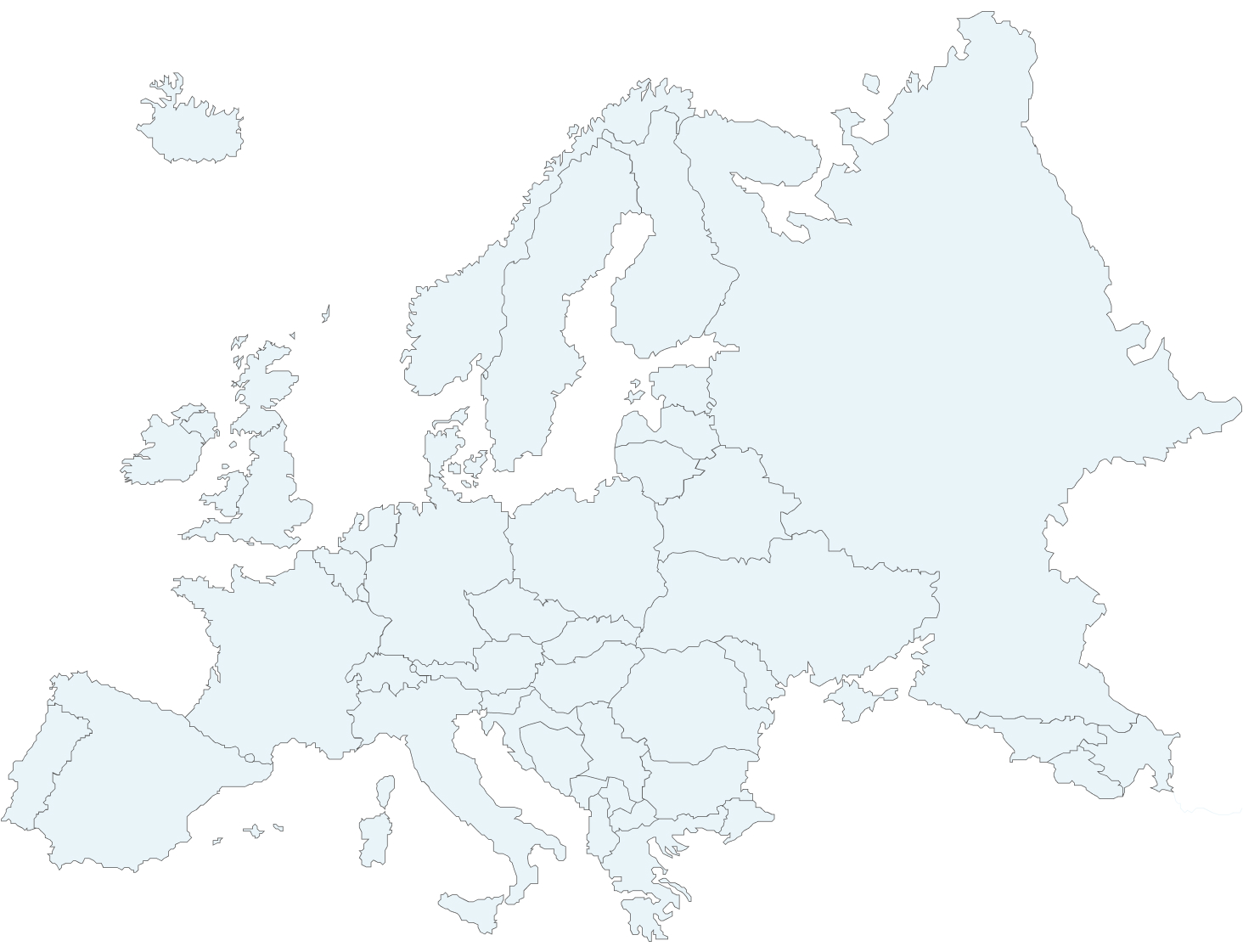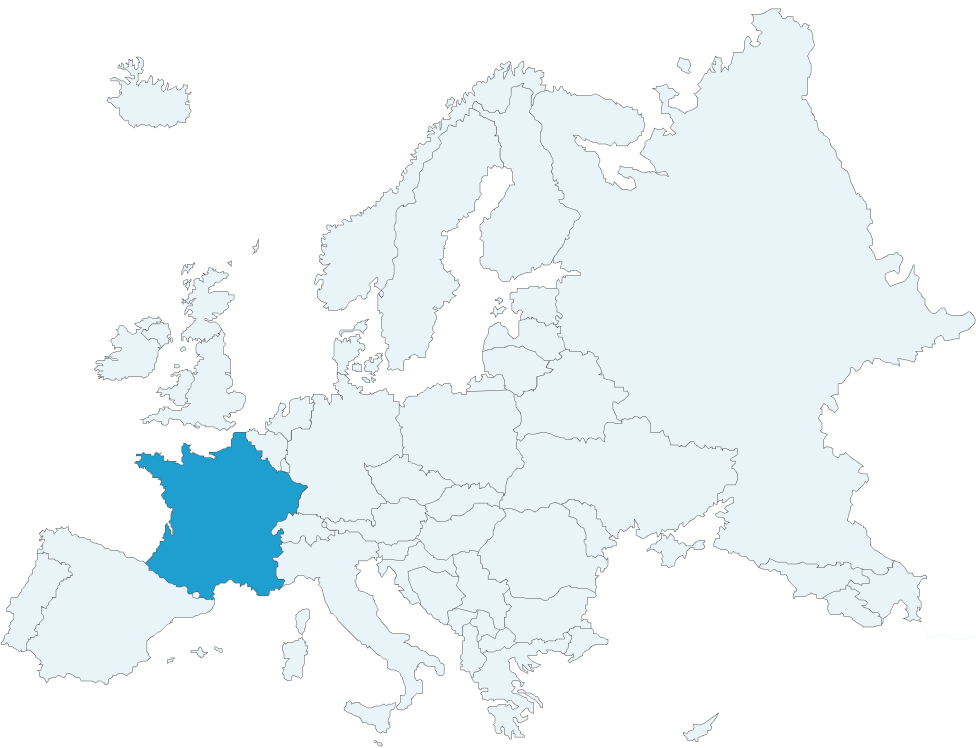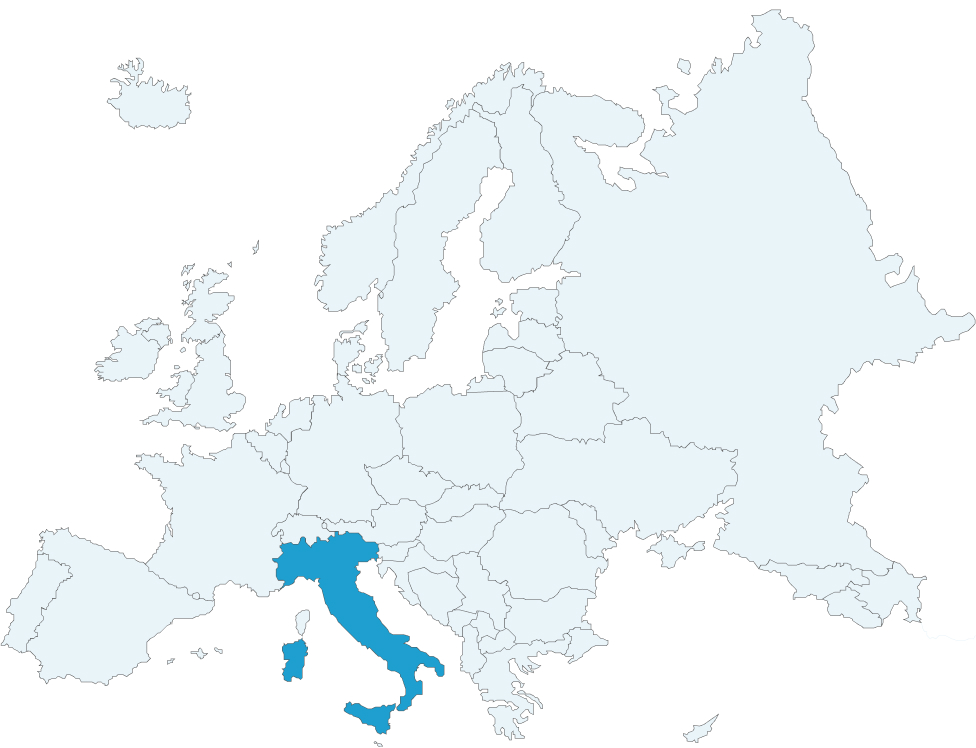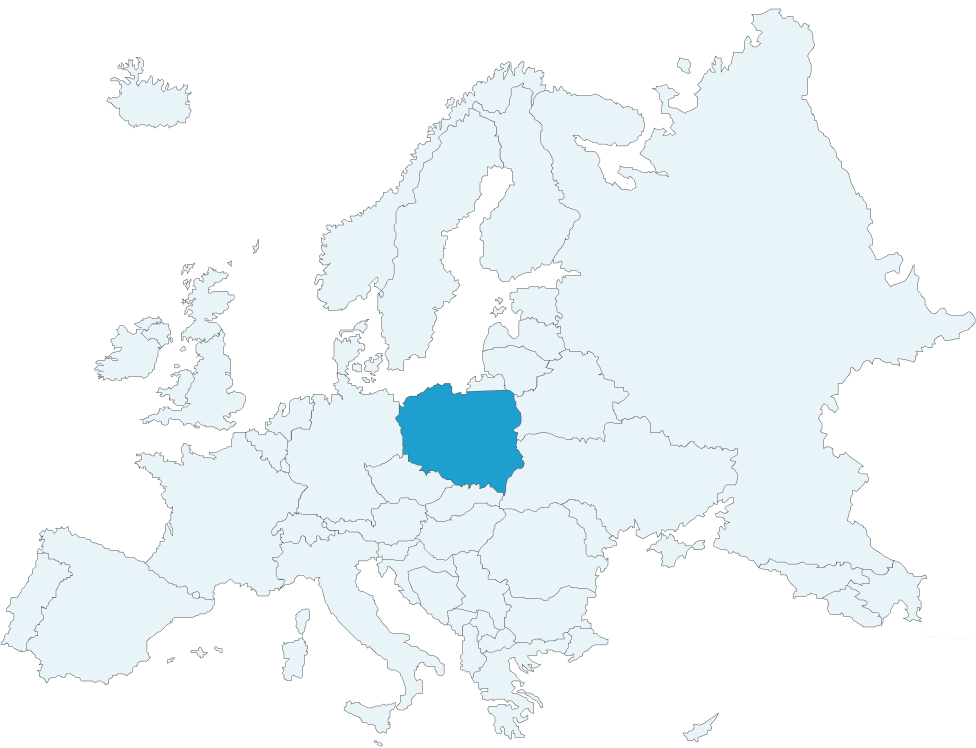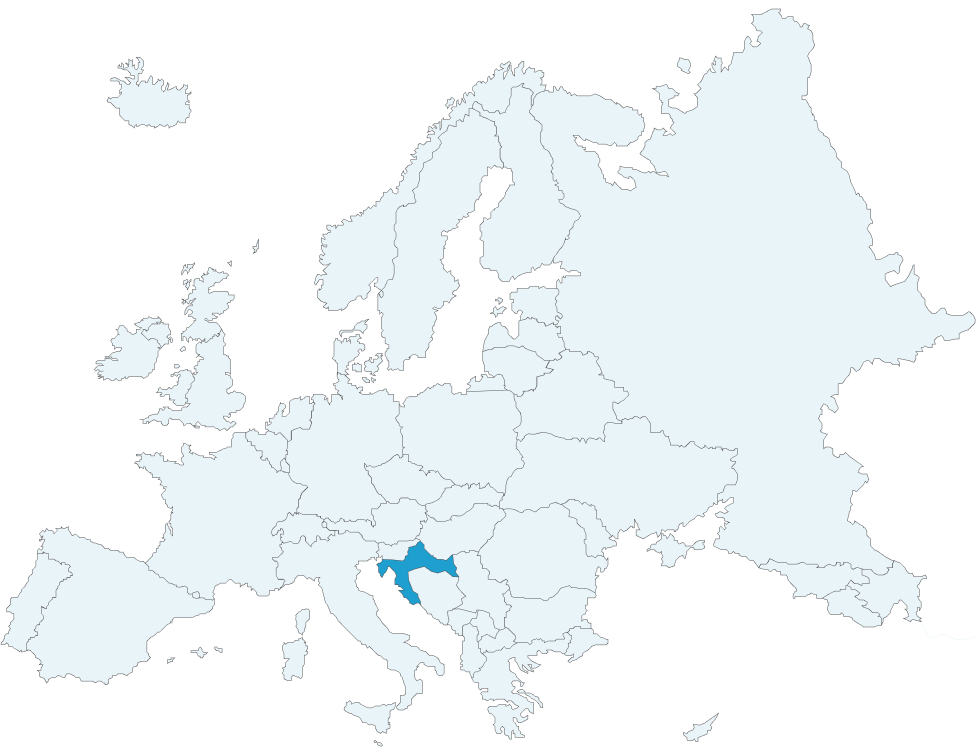Guide
Country guides and Dispatches
- Contents
- How the European Union is trying to legislate a path to net-zero
- Germany nears 2030 climate targets, transport and heating remain laggards
- Government turmoil casts doubt over France's transition progress
- Italy moves on green transition, but fossil ties remain tight
- Poland's new govt yet to deliver on energy transition promises
- Croatia caught between LNG ambitions and abundant untapped renewable energy potential
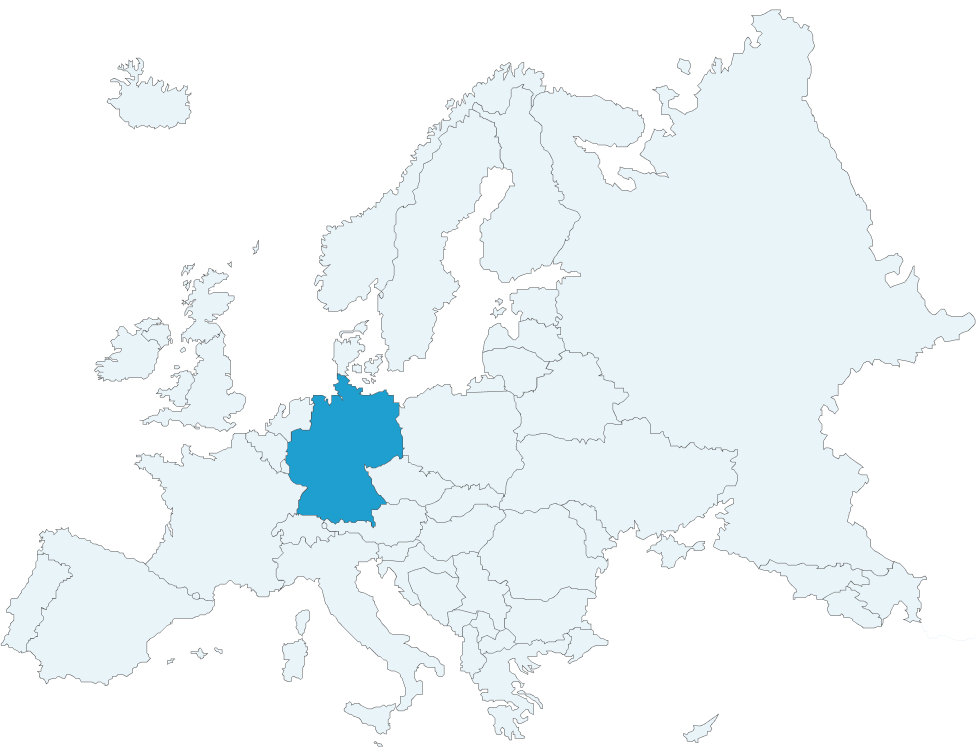
Germany
Germany nears 2030 climate targets, transport and heating remain laggards
Germany nears 2030 climate targets, transport and heating remain laggards

